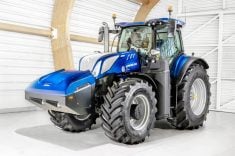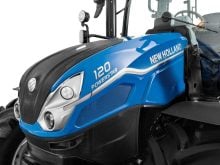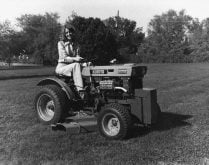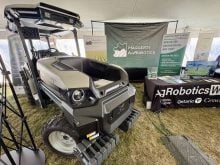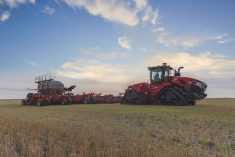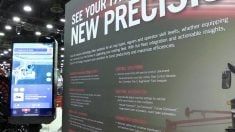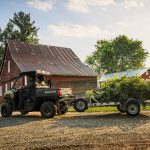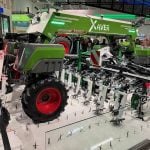Early this spring, Winnipeg-based Versatile announced the introduction of the Nemesis tractor series that adds power to the low end of the company’s current tractor line-up.
The new models land squarely in the mid-horsepower range.
Why it matters: A reliable utility tractor is an indispensable tool for many farmers.
“In that 170- to 250-horsepower range, we had demand from dealers and customers for a tractor like that with our Versatile design philosophy: built well with reliable components,” says vice-president of sales and marketing at Versatile, Adam Reid. “We knew we needed a loader tractor.”
Read Also
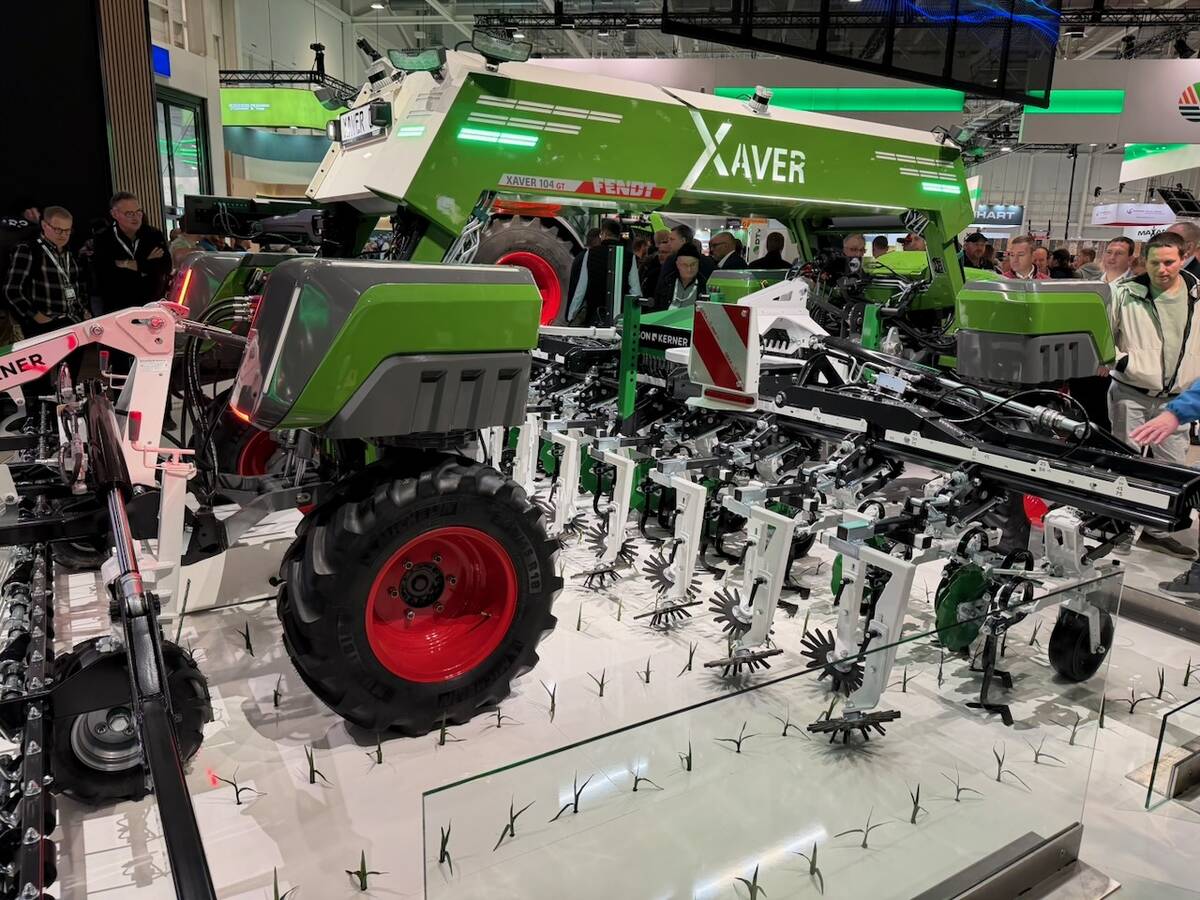
Agritechnica: Robots and more robots, Nexat loves Canada and the trouble with tariffs
Agritechnica Day 4: Robots and more robots, Nexat loves Canada and the trouble with tariffs.
The loader component was important in the design of the new tractor, he adds. So engineers integrated loader controls into the tractor monitor, offering an upgraded level of sophistication in that area. One surprise here is the loader that gets to work so closely with the tractor’s electronic system is a Quicke, not one of the company’s own Farm King models.
“The Farm King loader is bullet proof,” says Reid. “But Alo (the company that builds the Quicke) offered newer technology that Farm King would have taken a long time to bring up to speed. The Farm King engineering would have needed more resources to catch up in terms of the electronics and integration. The important thing for us is the integration into our monitor to operate it.”
So if having a capable loader tractor to offer dealers and customers was a priority, why not simply re-offer the loader tractor built at that plant that became the favourite of a lot of producers and is still highly sought after on the used market? I’m talking about the tractor that was first introduced as the 150, became the 256 and finally the 9030 — the bi-directional.
“I’ve had a lot of guys come up to me at shows and ask me about that,” says Reid. “We’ve looked at it. But then I ask them how much would they be willing to pay for a tractor like that, and that’s where the problem is.”
It turns out that what the cost of production would be and what farmers tell the company they think is a fair price tag for a re-issue of the 9030 don’t jibe. It isn’t simply a matter of dragging out the old design drawings and building the tractor again. The rules, buyer expectations and technologies have changed in the past 20-odd years. Most notably engine emissions mandates would require some significant changes and, of course, added costs.
Before finally ending production in 1997, the 9030 had about an eight-year run coming off the Winnipeg assembly line. If you count the other incarnations of the bi-directional going back to the 150, which started life in 1977, that’s 20 years of overall production for the design, which is a pretty impressive run for a relatively modern tractor. And there’s no doubt that was due to the popularity of the bi-directional tractor concept.
The 9030 had a rated engine horsepower of 105, up from the 71 the initial 150 offered, so it lands squarely in the utility tractor segment, but still considerably below where the Nemesis tractors start.
One common criticism of the TV Series New Holland models that replaced the 9030 was they grew too much, reducing the tractor’s agility. That compact design was one of the things many producers liked about the 9030.
So if the brand ever decided to re-issue a bi-directional model, that might be one key factor for them to keep in mind.
Reid has adopted a never-say-never attitude about such a project. But until the brand sees there is not only an interest in such a tractor but also a profit margin to make it worth their while, anyone who thinks they can’t live without a tractor like that on the farm will have to keep their sights firmly set on the used tractor market.






